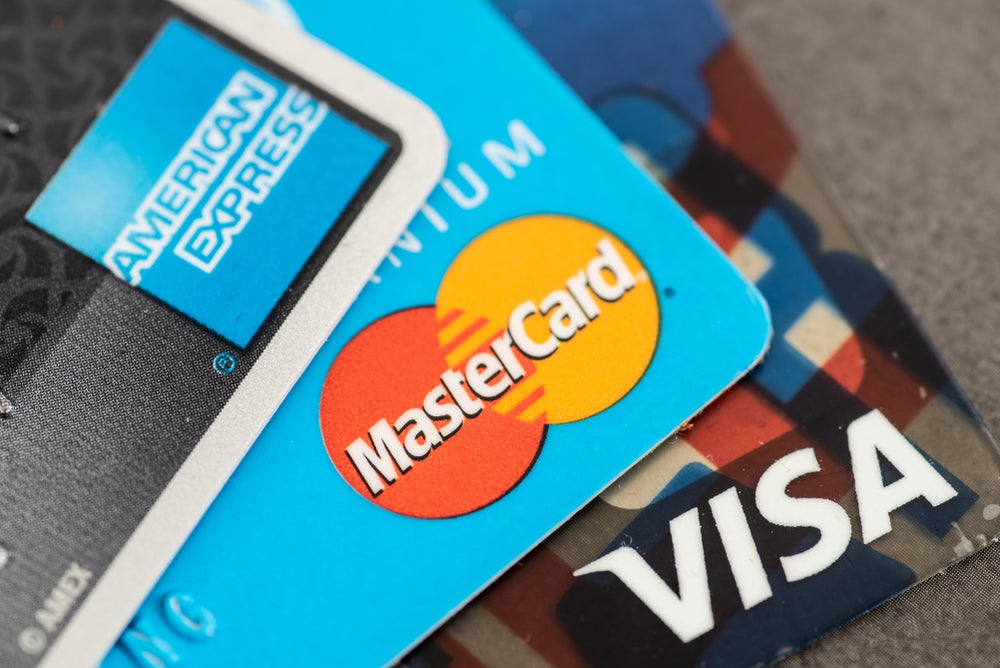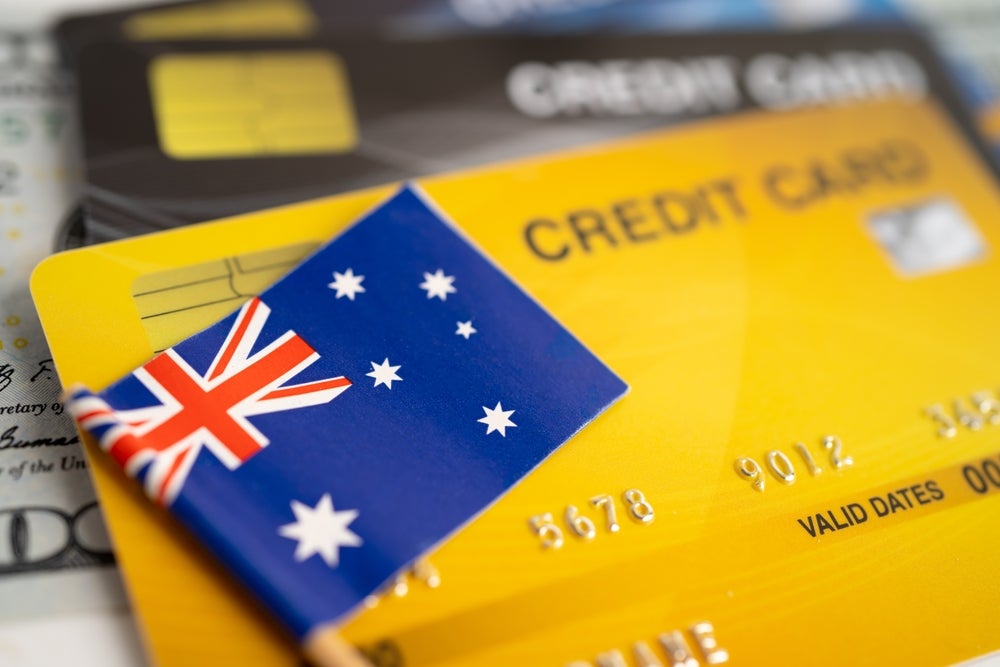popular with consumers in developed card markets, pose something of
a quandary for issuers. How can issuers use debit cards to generate
profit when consumers expect them to be free? Victoria
Conroy reports.
In the era of rising electronic payment, debit cards have taken on
ever greater importance for issuers, card networks and consumers.
Over the past decade, there has been a huge increase in developed
card markets of debit card transactions and an increase in the
average values spent on the cards, most notably in the world’s two
largest card markets, the US and the UK. But are bank issuers
really maximising the revenue potential of debit cards, at a time
when credit card profitability is under greater pressure than ever
before and when consumer payment preferences are changing
rapidly?
In the UK, debit cards superseded credit cards as consumers’
preferred payment means in terms of transactions in 2004. In the
second quarter of 2007, debit cards accounted for 71.7 percent of
all plastic card purchases, compared with 69.6 percent in the
second quarter of 2006.
In the US, the April 2007 Preferred Payments study, released by
global strategy company Edgar, Dunn & Co and credit scoring
agency TransUnion, found that more US consumers prefer debit cards
than any other type of payment for POS purchases; this marked the
first time in the study’s history that debit cards exceeded all
other payment devices as the overall preferred payment product.
Some 29 percent of respondents prefer debit cards, compared with 26
percent for credit cards.
Income generation
This increasing preference for debit cards is underlined by global
business consultancy McKinsey, which has projected that debit cards
will comprise almost 30 percent of US banks’ total demand deposit
account (DDA) fee income by 2009, almost twice the fee income
generated currently (16 percent). McKinsey estimates that in 2004,
debit card issuers earned approximately $9 billion from
cardholders’ use of debit cards, representing 4 percent of total
fee and net interest income for commercial and retail payment
services, and approximately 11 percent of total DDA revenues,
including net interest income on deposit balances.
How well do you really know your competitors?
Access the most comprehensive Company Profiles on the market, powered by GlobalData. Save hours of research. Gain competitive edge.

Thank you!
Your download email will arrive shortly
Not ready to buy yet? Download a free sample
We are confident about the unique quality of our Company Profiles. However, we want you to make the most beneficial decision for your business, so we offer a free sample that you can download by submitting the below form
By GlobalDataBy 2009, McKinsey estimates, debit card issuers will earn an
estimated $21 billion, or 7 percent of payment revenues and 18
percent of total DDA revenues. Debit transaction volume is growing
rapidly and, from a base of 19 billion in 2004, is expected to
reach 44 billion transactions by 2009, meaning that debit cards
will comprise 15 percent of total US payments by 2009, compared to
8 percent in 2004.
Typically, banks have viewed debit cards as one component of a
customer’s bank account that facilitates the bank’s relationship
with the customer. Debit cards give bank customers quick and
convenient access to their bank account via ATM networks, and
enable them to make a range of transactions via the debit card
(such as at the POS or online) in a way that is more cost-efficient
for the bank, when compared to paper-based instruments such as
cheques. Viewed in this way, debit cards are a means of cost
reduction for the issuing institution rather than a means of
revenue generation – this is especially true for many European
countries, where debit cards are issued free of charge to
customers.

The fees issue
It’s no surprise, then, that consumers have come to take debit
cards for granted and expect them as a standard (and free) feature
of a bank account. In the UK, controversy over bank charging
practices, such as overdraft, credit card and late payment charges,
has led to regulatory intervention and a subsequent reduction in
the levels of fees charged, placing more pressure on bank and card
profitability. There is much debate at the moment in the UK and in
some other countries around the possible end of ‘free banking’,
which is widely thought to be a move by banking institutions to
recoup losses made elsewhere in the company’s operations, such as
credit cards. Consumers in the US already pay a range of debit card
or current account related fees, and if this model were to be
rolled out across Europe, it’s safe to say that a large proportion
of debit card customers would be tempted to take their accounts
elsewhere.
Decoupled debit card threat
Another threat looms – that of decoupled debit cards, whereby
transactions are routed over automated clearing house (ACH)
networks. The best-known example of this is Capital One’s decoupled
card, although others, such as PayPal and the retailer-run US debit
network Tempo Payments, follow a similar model. Decoupled debit
cards are issued by non-banks or financial institutions that do not
hold the primary current or checking account of the customer. These
offerings can include loyalty and rewards programmes, and in most
cases charge merchants lower interchange fees. There is also a
greater opportunity for the merchant to reap incremental revenue
and greater customer loyalty, in cases where the merchant issues
the card or is the co-brand partner.
According to industry experts, such products could impact on the
transaction volume of bank-issued debit cards by eliminating the
need for a consumer to remain tied to a particular bank’s current
account and attached debit card. “Incumbent deposit institutions
will need to react to the risk of disintermediation as their
business model, which is based on punitive fees and interchange
income, comes under pressure,” says Gwenn Bézard, research director
at US payment research firm Aite Group.
Understandably mindful of these new challenges, issuers have taken
a proactive approach to debit card innovation and function
enhancement. Rewards and loyalty programmes, a staple of
long-running credit card programmes, are now commonplace on debit
cards and are seen as one of the best ways for banks to recruit and
retain new customers. However, when offering a debit rewards
programme, the issuing bank needs to have a clear idea of what it
is trying to achieve. Is it increased fee revenue, higher customer
retention or growing deposits? Issuers also need to consider
whether the expected revenue will more than offset the cost of
providing the rewards programme.
Debit-linked savings programmes
A twist on the loyalty programme concept for debit cards is
savings-related programmes tied to debit cards, exemplified by Bank
of America in the US and later duplicated by Lloyds TSB in the UK.
Bank of America’s Keep the Change programme was launched in October
2005, designed as a savings account linked to debit card
purchases.
Bank of America’s 2007 second-quarter results show that the
programme has been a huge success on several levels. Keep the
Change passed the 5 million mark of customers, who have saved more
than $500 million since the inception of the programme, while net
new retail checking accounts rose by 717,000. Net revenue rose 5
percent as higher card income, service charges and mortgage banking
income contributed to a 9 percent increase in non-interest
income.
Lloyds TSB announced at the beginning of 2007 that it was launching
Save the Change, closely modelled on Bank of America’s programme.
Lloyds TSB categorises the programme as an added value account, and
noted that it expects to open around 393,000 such accounts during
the first half of 2007, compared to 228,000 in the first half of
2006.
Such programmes represent a classic example of cross-selling other
banking products to the customer at the initial sign-up stage, and
later throughout the banking relationship. However, this approach
can also be viewed as being more of a measure of current account
profitability, rather than pure debit card profitability. In
Europe, the debit card is considered to be a loss-making product in
many markets, and banks typically subsidise the provision of
payments by the amount of interest margin on the account.
The challenge for banks in improving debit card profitability would
seem to lie mostly in generating related revenues, most notably
current account revenues, and in that area customer segmentation is
critical. According to Edgar, Dunn & Co, banks must determine
the profitability of customers and the types of customers, and
understand how and why the customer uses the current account. Some
customers may view the current account as a purely transactional
account for making purchases, while others will view it primarily
as a basic credit line or savings facility.
Having analysed customers’ motivation for having the current
account and their usage of the debit card attached to it, banks can
then devise differing account packages and pricing elements that
offer the consumer real value propositions, such as a flat fee for
frequent debit card usage, or retaining a competitive interest rate
when the account is used primarily as a credit line. The provision
of such value-added services will become the key differentiator for
debit cards in the future and could lead to banks looking at
different payment instruments (debit, credit, direct debit, etc)
with a more closely integrated enterprise approach – something
Edgar, Dunn & Co says will provide the most benefits to banks
in the long run.







